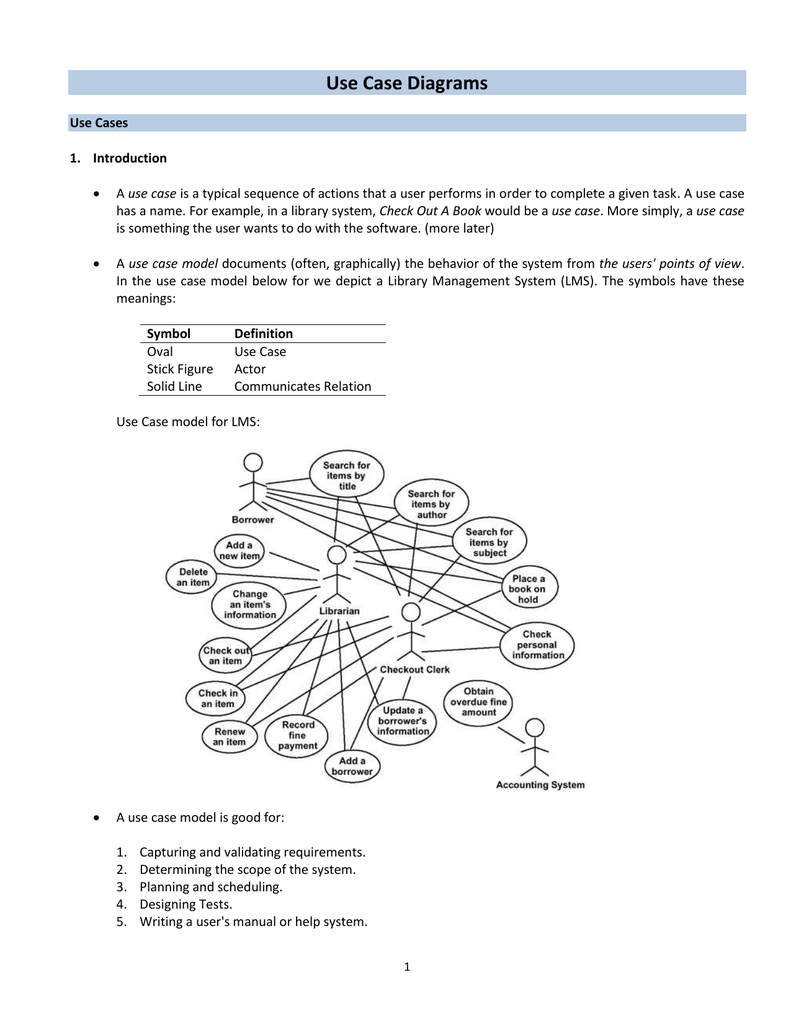

Use cases represent only the functional requirements of a system.You can describe those details in other UML diagram types and documents, and have them be linked from use cases. There are many different UML diagrams that serve different purposes (as you can see from the UML diagram tree above).As you can see, use case diagrams belong to the family of behavioral diagrams. The figure below shows the UML diagram hierarchy and the positioning of the UML Use Case Diagram. If yours contain more than 20 use cases, you are probably misusing use case diagram. It does not show the order in which steps are performed to achieve the goals of each use case.Īs said, a use case diagram should be simple and contains only a few shapes.It only summarizes some of the relationships between use cases, actors, and systems.It does not show the detail of the use cases: It is an effective technique for communicating system behavior in the user's terms by specifying all externally visible system behavior.Ī use case diagram is usually simple. A key concept of use case modeling is that it helps us design a system from the end user's perspective. Use cases once specified can be denoted both textual and visual representation (i.e. Use cases specify the expected behavior (what), and not the exact method of making it happen (how).


Use case diagrams software#
So what is a use case diagram? A UML use case diagram is the primary form of system/software requirements for a new software program underdeveloped. Is use case diagram underrated? I hope you will find the answer when finished reading this article. Some people don't know what use case is, while the rest under-estimated the usefulness of use cases in developing a good software product. Here are some questions that have been asked frequently in the UML world are: What is a use case diagram? Why Use case diagram? or simply, Why use cases?.


 0 kommentar(er)
0 kommentar(er)
